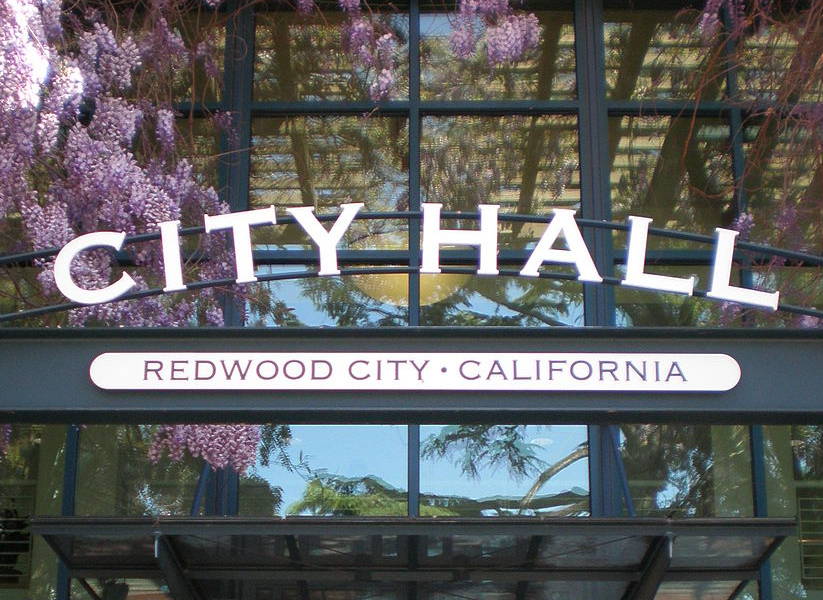The Redwood City Planning Commission and the Housing and Human Concerns Committee held a joint study session at its Tuesday, Feb. 15 meeting to discuss the proposed Housing Element of the General Plan, where many members expressed a desire for a stronger focus on Extremely Low Income housing.
A key planning document, municipalities are required to submit the Housing Element to the state as part of its General Plan. Considered a blueprint guiding housing policies, the Housing Element projects housing demand over the next eight years and articulates a plan for how the City intends to meet this need through zoning, policies, and programs.
Redwood City’s strategy is guided by four key principles: preserving existing affordable housing, protecting housing for low and middle-income residents, producing new housing, and partnering to create housing opportunities for unique populations like seniors, people with disabilities, and unhoused individuals.
In response to prior feedback from the Planning Commission, Redwood City’s Housing Element exceeds its required Regional Housing Needs Allocation (RHNA) by 150 percent in an attempt to aggressively tackle the housing shortage. Staff anticipates that the Housing Element will result in 6,880 new homes by 2031.
The Planning Commission and the Housing and Human Concerns Committee provided final input before the Element heads to Council in March. Member comments, as well as those provided by the public, centered around a specific income category in the Housing Element known as Extremely Low Income (ELI) housing.
ELI housing is considered affordable to those making up to $30,800 per year. Such housing tends to serve special needs populations, like those earning a fixed income through social security or disability, unemployed or underemployed individuals, people struggling with addiction or mental health, and unhoused individuals. ELI housing is often the most difficult to bring online, because it requires the highest level of subsidy either through the City or private developers and often requires wraparound services to be provided.
Planning Commissioner Elmer Martinez expressed concern that the Housing Element did not consider production goals for ELI housing. Rather, it lumped ELI housing into the very low income category. “The needs and incomes of these residents are vastly different. We need to be more intentional about meeting the needs to these populations.” Though the state does not require ELI goals to be set, “if we don’t have clear goals, it’s going to be a lot harder to negotiate with developers.”
“We do have concerns that the policies do not seem to address the housing needs of the more than 600 Redwood City residents with developmental disabilities,” said Kalisha Webster of Housing Choices, which helps people with intellectual and developmental disabilities find and maintain housing. “The two most important factors to increasing housing accessibility are onsite supportive services and ELI housing, as many are on fixed incomes.”
Many members expressed a desire for the City to focus more intentionally on expanding opportunities for this specific class of housing. Other suggestions arose around changing parking minimums for affordable housing projects and increasing proposed density throughout the entire City.
“ELI housing serves our most vulnerable residents and is the hardest to produce,” said Evelyn Stevers, executive director at Housing Leadership Council of San Mateo County. “The city needs specific strategies that appropriately value ELI housing to meet our most pressing housing needs.”
While staff did not firmly commit to including an ELI goal separate from the very low income production goal, they stated internal projections estimate that approximately 50 percent of the 1,115 units in the very low income category would be ELI units.
Extremely low income housing has been a topic of strong concern for residents. According to a recently published community satisfaction survey conducted by the City, providing affordable housing and addressing homelessness were the top two issues cited. A fire at a homeless encampment this week, coupled with rising instances of mental health crises, underscore this perception. At a prior meeting of the City Council, Councilmember Diana Reddy expressed a desire to include ELI housing in the official Redwood City policy platform.
The Housing Element now heads to the City Council at its March 21 meeting for consideration. Once approved by the council, it will return to the Planning Commission for environmental review.






